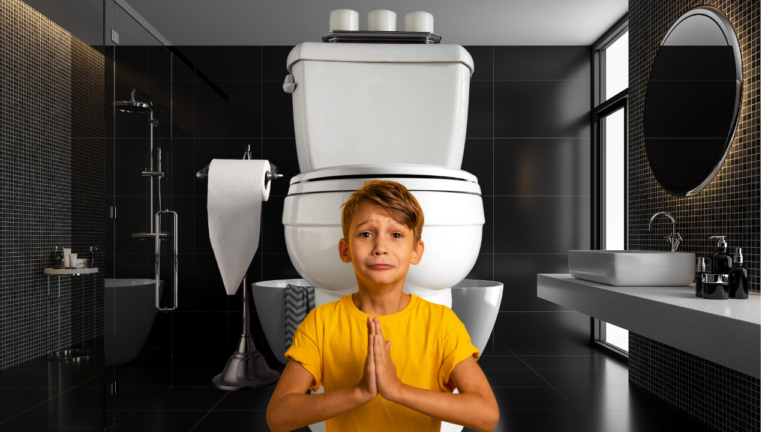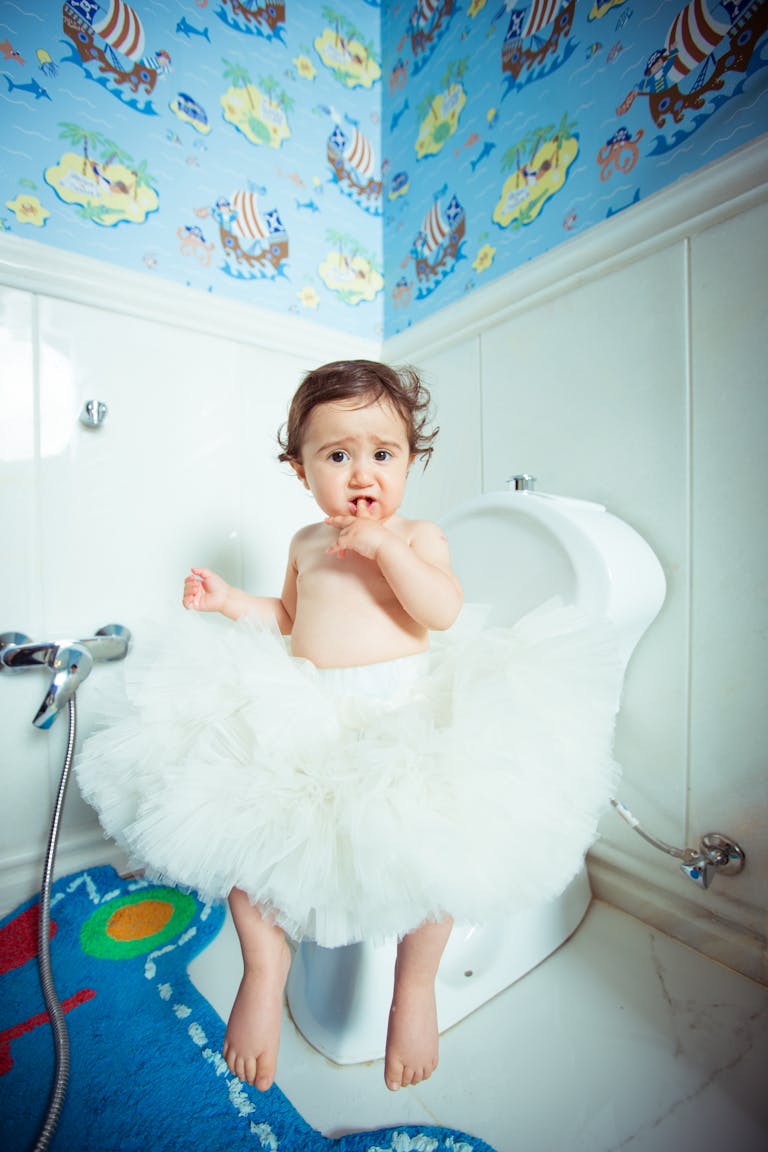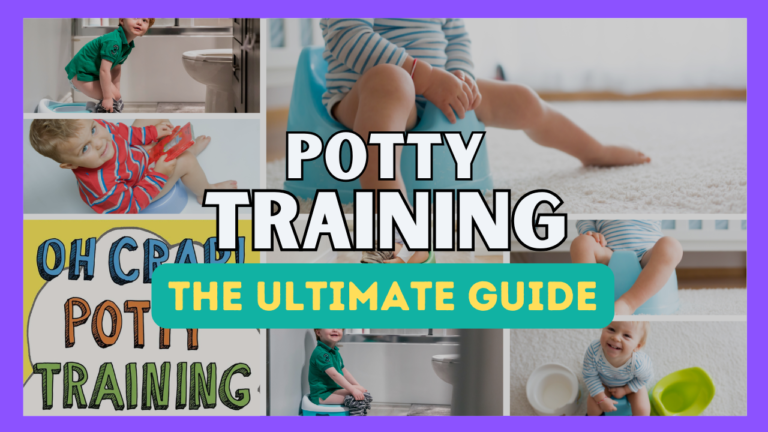Top 9 Signs Your Toddler is Ready for Potty Training

As a parent who’s been through the potty training journey (more than once!), I know exactly how you’re feeling right now.
You’re probably wondering:
“Is my little one ready for potty training?”
Take a deep breath – we’re in this together, and I’m here to help you recognize when the time is right.
Potty training is one of those significant milestones that can feel both exciting and terrifying. Every child is unique, and there’s no one-size-fits-all approach or perfect age to start.
The key is to watch for signs of readiness in your toddler and follow their lead. Trust me, when the time is right, you’ll both have a much easier and more positive experience.
In this guide, we’ll explore the 9 key signs that indicate your toddler might be ready for potty training, along with practical tips to make the transition smoother for everyone involved.
Whether you’re a first-time parent or getting ready to potty train your second (or third!) child, these insights will help you approach this milestone with confidence.
Is Your Child Ready for Potty Training?

Before we dive into the specific signs, it’s important to understand what potty training readiness really means.
Most children show signs of readiness between 18 months and 3 years old, though some might be ready earlier or later.
I learned this lesson firsthand with my first child – I was so eager to start that I missed some crucial readiness signs.
The result?
Three months of struggles and setbacks that could have been avoided by waiting just a little longer. That experience taught me the importance of watching for genuine readiness rather than following an arbitrary timeline.
What Are The 9 Key Signs of Potty Training Readiness?

Staying Dry for Longer Periods
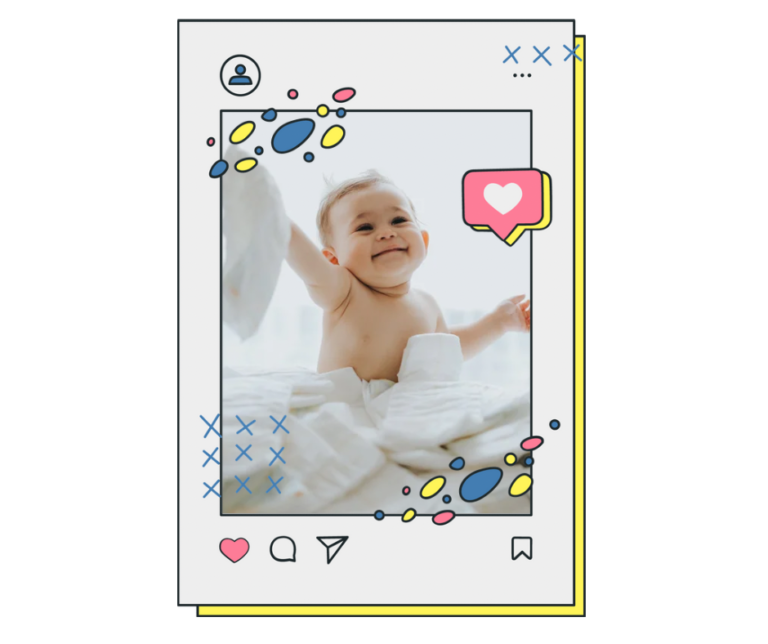
When your toddler’s diaper stays dry for 2 hours or longer during the day, it’s a strong indicator that their bladder control is developing. You might notice they wake up dry after naps, which is an especially promising sign. This physical development shows that their body is mature enough to start holding urine for longer periods.

Showing Interest in the Bathroom

A funny thing happens around this age – your bathroom suddenly becomes the most fascinating room in the house! If your toddler follows you to the bathroom, asks questions about what you’re doing, or shows curiosity about the toilet, they’re demonstrating a key readiness sign. This interest shows they’re beginning to understand the purpose of the bathroom and may be ready to learn more.

Communicating Discomfort with a Wet or Dirty Diaper

When your little one starts telling you they need a diaper change, pulling at wet diapers, or hiding during bowel movements, they’re showing awareness of their bodily functions. This awareness is crucial for successful potty training. They might use words, signs, or specific behaviors to let you know when they’re wet or dirty.
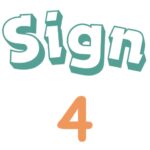
Developing Fine Motor Skills

Watch for signs that your toddler can pull their pants up and down independently. This physical capability is essential for successful potty training. They should also be able to walk steadily and sit on a potty chair without help. These motor skills will give them the independence they need during bathroom visits.
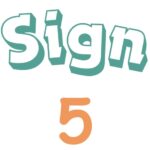
Understanding Simple Instructions
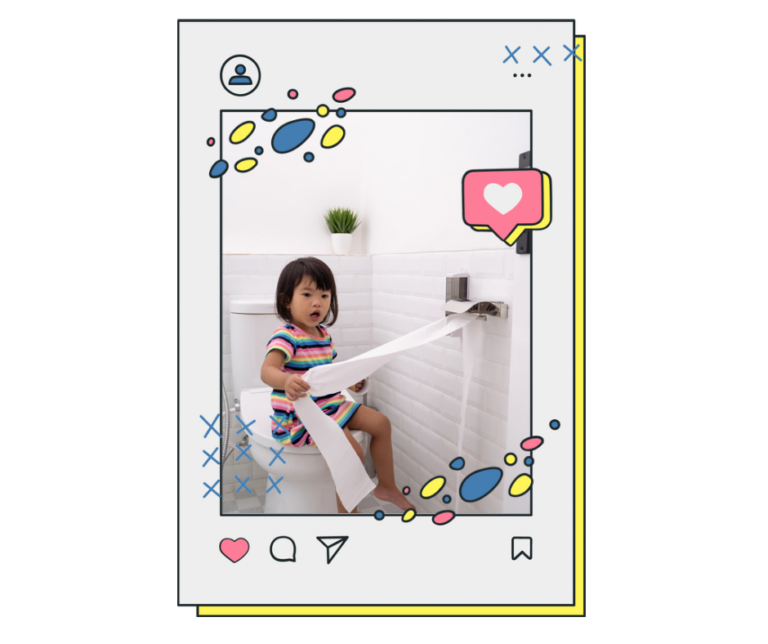
Your child should be able to follow basic two-step commands like “let’s go to the bathroom” and “sit on the potty.” This cognitive development shows they can understand and follow the potty training process. They should also have words for urine and bowel movements, even if they’re just family terms.
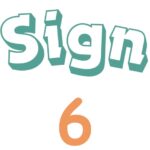
Showing Independence
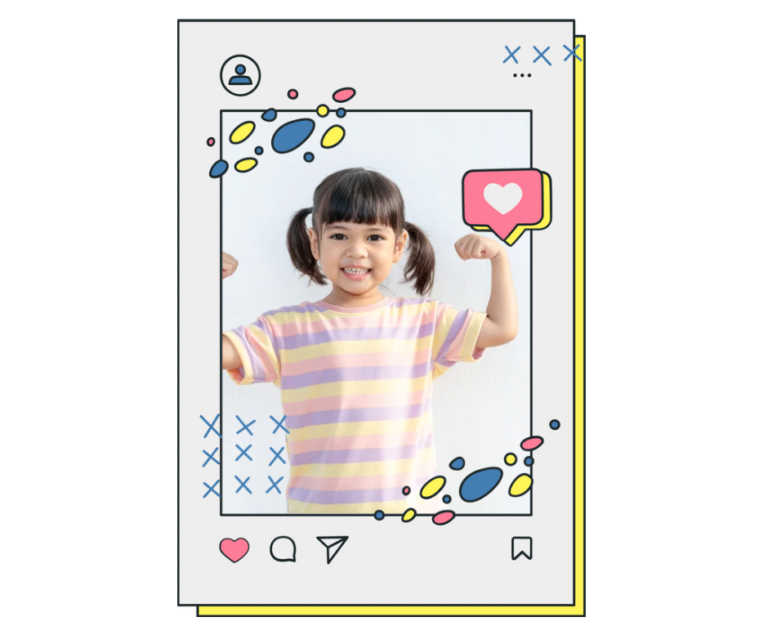
That famous toddler phrase “I do it myself!” is actually a positive sign when it comes to potty training readiness. A desire for independence in other areas often translates well to bathroom independence. This might show up as wanting to dress themselves, feed themselves, or make simple choices.
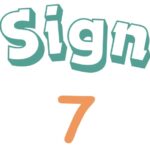
Imitating Others Using the Toilet
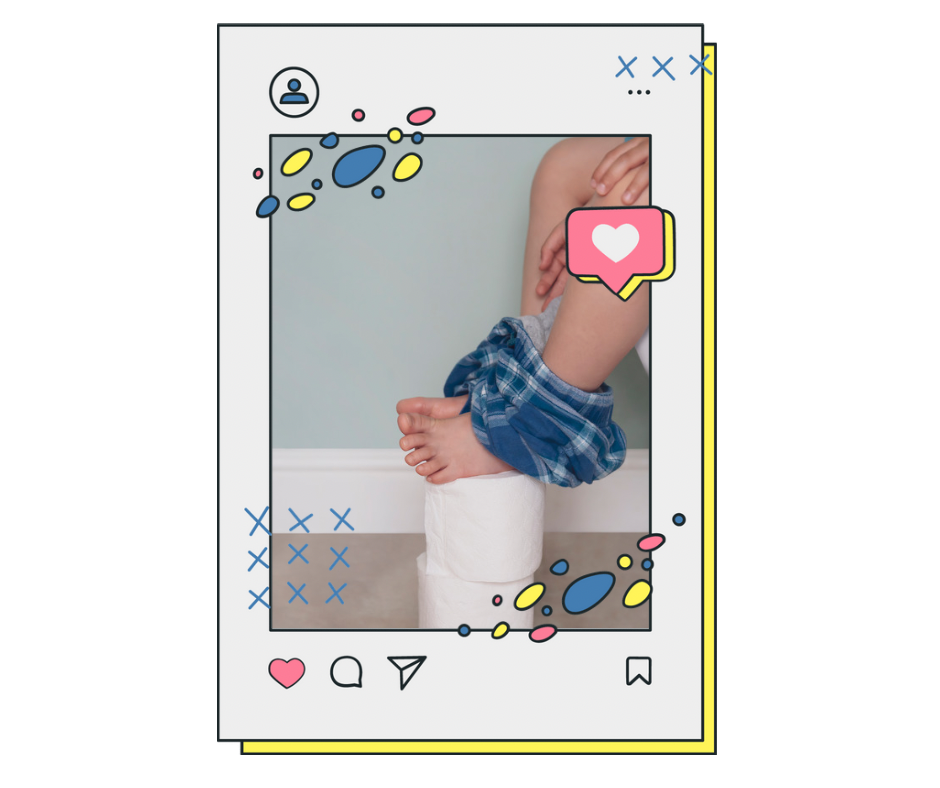
If your toddler shows interest in imitating family members’ bathroom habits, they’re demonstrating social awareness that can help with potty training. They might pretend to use the toilet with their toys or play “potty” with their stuffed animals.

Having Regular Bowel Movements
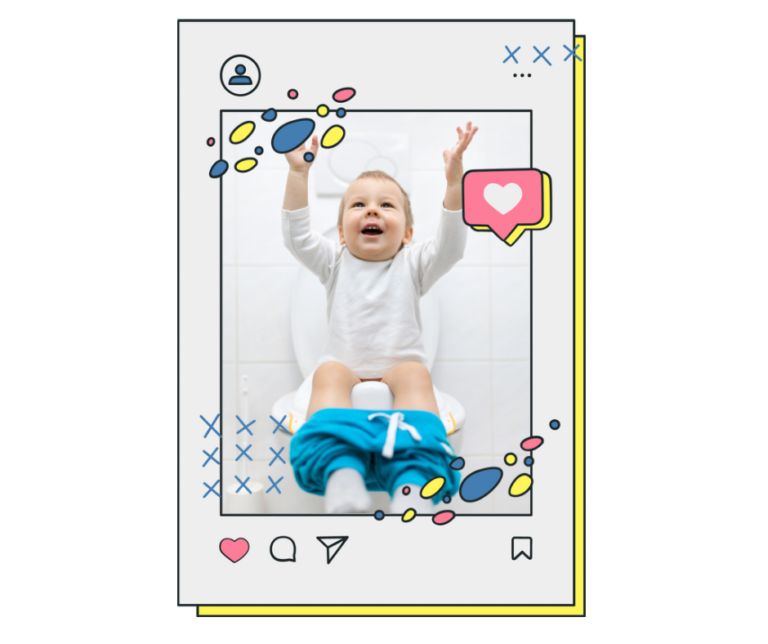
Regular, predictable bowel movements make potty training much easier. If you can generally predict when your child needs to go, you’ll have better success with timing bathroom visits. Look for patterns in their daily routine.

Expressing a Desire to Wear Underwear
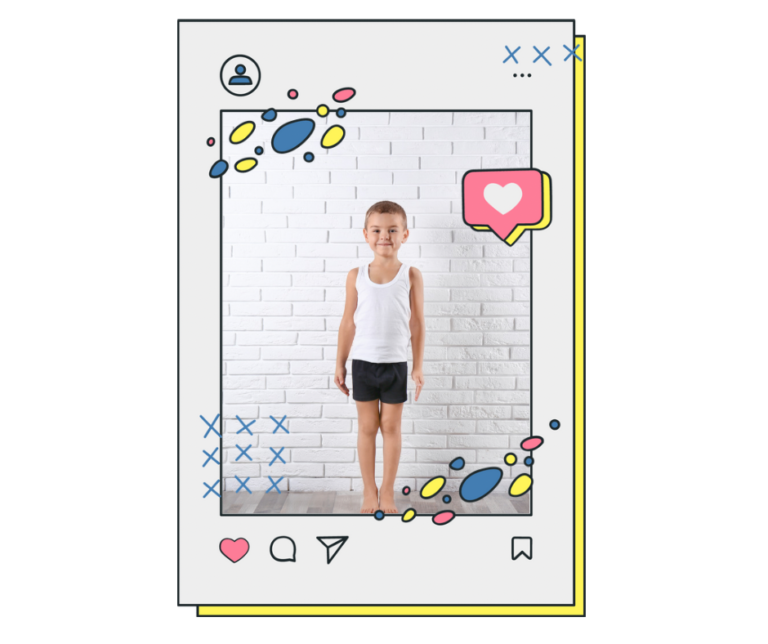
Some toddlers might show interest in wearing “big kid” underwear like their siblings or friends. This interest can be a powerful motivator during potty training. Just remember – there might be plenty of accidents along the way!
Proven Tips for Potty Training Success
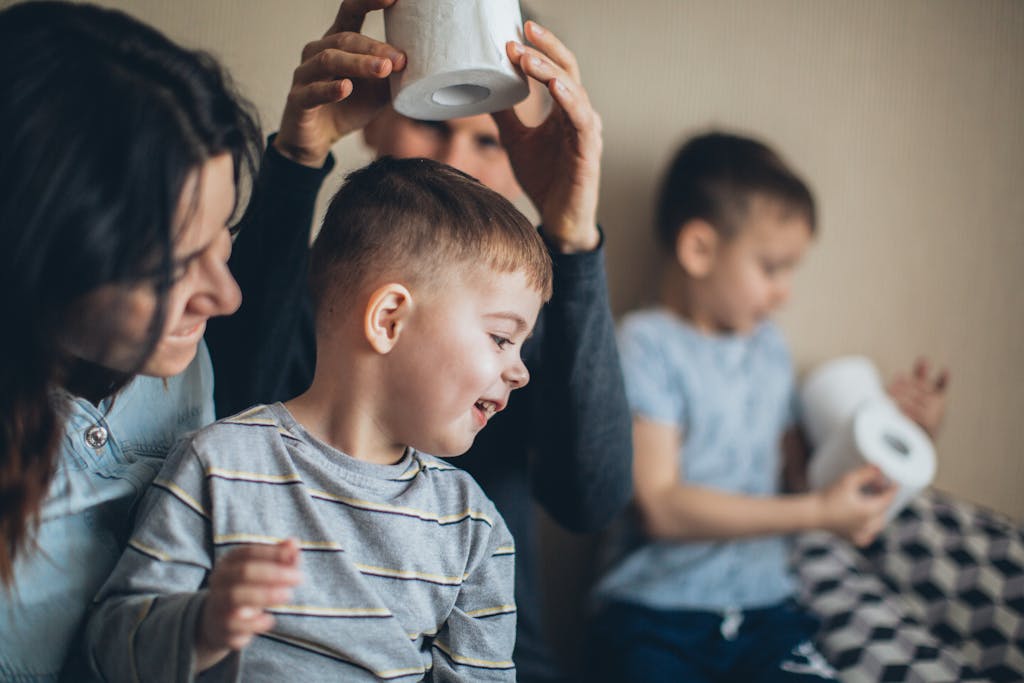
Success in potty training isn’t just about timing – it’s also about approach. Here are some proven strategies to help make the process smoother:
Helping Your Toddler Thrive

Common Potty Training Challenges and How to Overcome Them
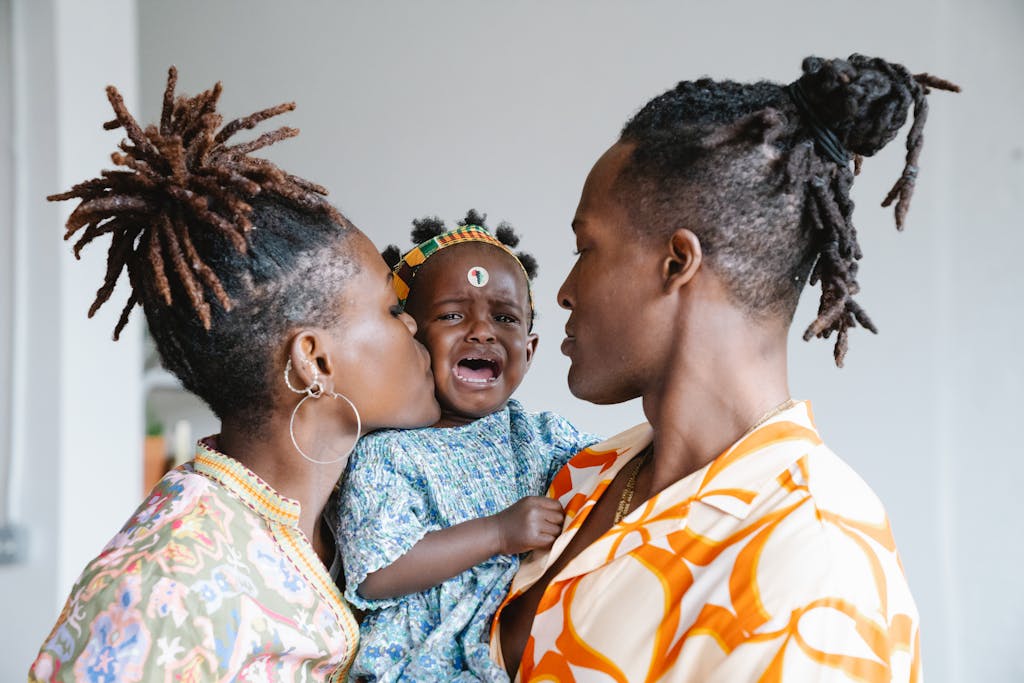
Even with perfect timing, you’ll likely encounter some bumps along the way. Here are some common challenges and how to handle them:
Resistance: If your child shows strong resistance, take a break for a few weeks and try again.
Regression: During big life changes (new sibling, moving house), temporary regression is normal. Stay patient and consistent.
Accidents: Keep spare clothes handy and respond matter-of-factly to accidents. Remember, shame has no place in potty training (sometimes easier said than done, I know!).

Potty Training FAQs

Answers to Parents’ Most Common Questions
Key Takeaways for Potty Training Readiness
Closing Thoughts: Getting Ready for Potty Training

Remember, potty training is a journey, not a race. Your child will get there in their own time, and that’s perfectly okay.
Trust your instincts, watch for these readiness signs, and approach the process with patience and understanding. Before you know it, you’ll be celebrating this important milestone together!
Did you find this article helpful? Share it with other parents on their potty training journey! Follow us on Facebook for more parenting tips and insights, and don’t forget to check out our other articles on child development milestones.


